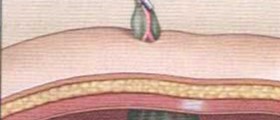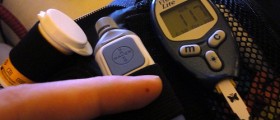Loading...
Tonsillectomy is usually done as an outpatient procedure. That means you'll be able to go home the day of the surgery. An overnight stay is possible if complications arise.
During the surgery
Because a tonsillectomy is performed under general anesthesia, you won't be aware of the procedure or experience pain during the surgery.
The surgeon may cut out the tonsils using a blade (scalpel) or a specialized surgical tool that uses heat or high-energy heat or sound waves to remove tissue and stop bleeding.
During recovery
Nearly everyone experiences pain after a tonsillectomy. Pain is most often in the throat, but it may also be located in the ears, jaw or neck.
Steps that you can take to reduce pain, promote recovery and prevent complications include the following:
Medications
Take pain medications as directed by your surgeon or the hospital staff.
Fluids
It's important to get plenty of fluids after surgery. Water and ice pops are good choices.
Food
Bland foods that are easy to swallow, such as applesauce or broth, are the best choices immediately after surgery. Foods such as ice cream and pudding can be added to the diet if they're tolerated. Foods that are easy to chew and swallow should be added to the diet as soon as possible. Avoid spicy, hard or crunchy foods.
Rest
Bed rest is important for several days after surgery, and strenuous activities — such as running and bike riding — should be avoided for two weeks after surgery. You should be able to return to school after resuming a normal diet, sleeping normally through the night and not needing pain medication. Talk to your doctor about any activities that should be avoided.
Loading...

















